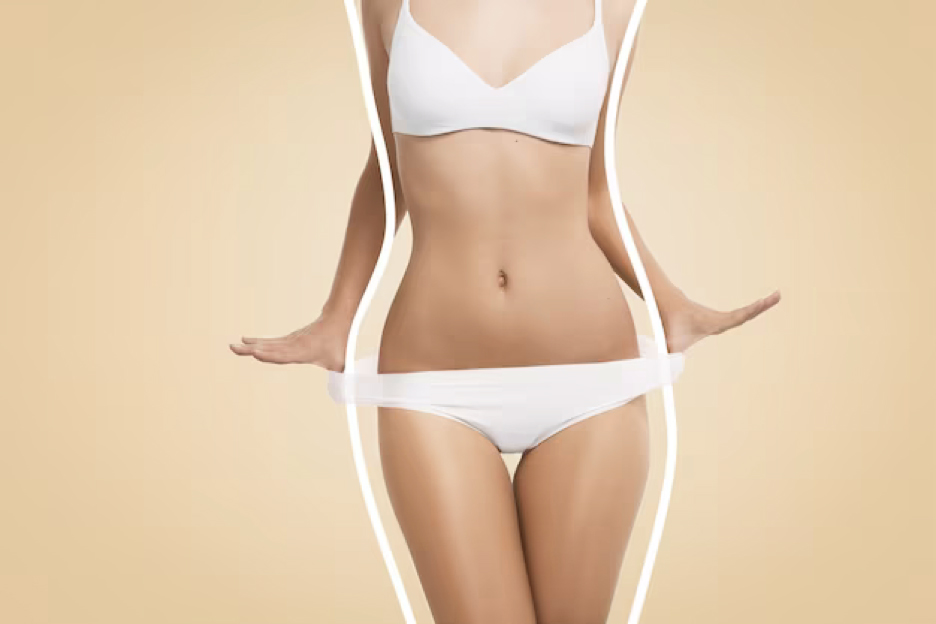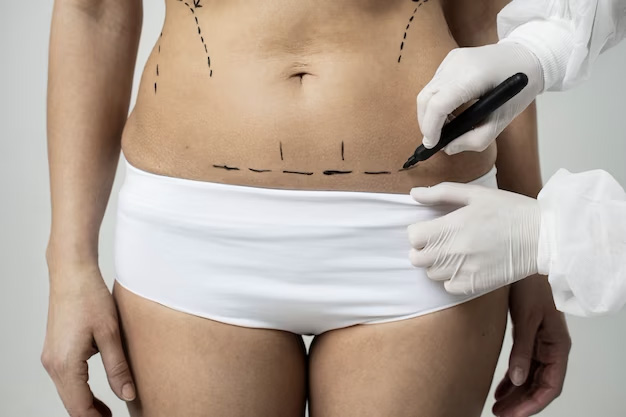Liposuction
Body procedures
Liposuction
Liposuction in California and Florida (Beverly hills, Newport beach, Orange County, Miami)
Liposuction, or lipoplasty, may be the answer for those looking to get rid of unwanted, stubborn areas of fat that are resistant to diet and exercise. This is a time tested, highly effective procedure in sculpting multiple areas of the body and is the most common aesthetic surgical procedure among men and women.
The plastic surgeon has performed this procedure on many of his patients, leading them to a healthier lifestyle while helping them achieve their body image goals.
About Liposuction
A proper diet and exercise regimen is an important part of leading a healthy lifestyle and maintaining an in-shape body. However, even the healthiest individuals can have stubborn pockets of fat that just won’t seem to go away.
Some common areas where fat tends to accumulate include:
- Neck
- Arms
- Abdomen
- Flanks
- Back
- Hips
- Thighs
- Knees
Liposuction is a highly effective procedure that can help eliminate these stubborn pockets of pockets in otherwise healthy individuals. The plastic surgeon focuses on one type of liposuction, which, in his experience, proves most effective: tumescent power assisted liposuction. The procedure utilizes a cannula, or a small tube, and negative pressure to suction fat cells from the body. Once the fat cells are removed, they can never regenerate. However, it is important to keep in mind that liposuction is not a weight loss procedure and cannot substitute for diet and exercise.

Who are good candidates for liposuction?
Good candidates for a liposuction procedure are healthy patients who need some help getting rid of stubborn localized fat deposits. These patients should have already tried losing the fat through diet and exercise but have not been successful. Liposuction is not a weight loss procedure. Therefore, the ideal candidates for liposuction should be at a stable and healthy body weight that is close to their weight loss goal.
Candidates should also have relatively good elasticity in their skin. Liposuction may not be a good procedure for patients with excess skin or poor skin elasticity, as liposuction will not help the skin shape to its newly contoured form. Patients with excess skin, especially those who have lost a significant amount of weight or have had pregnancies, may best benefit from a body lift.
It is important that patients be in good physical and mental health and are nonsmokers to be considered for liposuction. They should have realistic expectations for what the procedure can achieve and what to expect following the procedure.


How is liposuction procedure performed?
A liposuction procedure can be performed under general anesthesia with minimal sedation. At the beginning of the procedure, very small incisions are placed in proximity to the areas of concern. These incisions are typically placed in discreet locations that will help minimize the appearance of scarring. These areas are then infiltrated with a tumescent solution containing epinephrine and local anesthetics. This solution helps to separate fat, minimize bleeding/bruising and decrease discomfort both during and immediately after the procedure.
A surgical instrument called a cannula is then used to suction out the fat and the infiltrated tumescent solution under vacuum pressure. In power assisted liposuction, small vibrations help further break up the fat cells so that they can be easily suctioned out of the body. Once the doctor has completed using the cannula to suction fat out of the predetermined locations on the body, he will remove the cannula and suture the incisions closed. The patient will then be taken to a recovery room where our specially trained staff will be on hand as the patient wakes up.
Fat transfer / fat grafting and other procedures with liposuction
Keep in mind that liposuction is not a substitute for healthy living and should not be considered a general weight loss procedure. Areas with stretched-out, loose, and hanging skin may be best treated in combination with other surgical procedures (ie. tummy tuck, brachioplasty, thigh lift etc.).
For patients who are good candidates for liposuction, they may also consider a fat transfer procedure in order to achieve enhanced and comprehensive results
In most liposuction procedures, the fat that is removed from the body is discarded following the procedure. However, in a fat transfer procedure, the fat harvested during liposuction is retained and reused for an augmentation procedure. In other words, a fat transfer procedure allows the patient to remove fat from one part of their body and re-inject it into another part of the body where they would like more volume or contour. This offers incredible sculpting capabilities.
Following liposuction, the fat is cleaned and purified, so that the most viable fat for transfusion remains. Then, this fat is injected into a part of the body for augmentation. Popular areas for augmentation include:
Buttocks
Also called a Brazilian Butt Lift, a fat transfer allows for a natural augmentation of the buttocks without the need for implants.
Face
Facial fat transfer procedures can restore volume to areas in the face where volume has been lost, often due to gravity and aging. Some areas of concern that facial fat transfers can address include the cheeks, temples, marionette lines, and nasolabial folds.
Breast
With fat transfer to the breasts, women can achieve an increased size in their bust without the need for implants. However, it should be noted that with fat grafting women can typically only increase their breast volume by about one cup size.
Arms/shoulders
Fat transfer procedures can restore volume to areas in the arms and shoulders that has been lost or that need more volume to allow for more body contouring.
